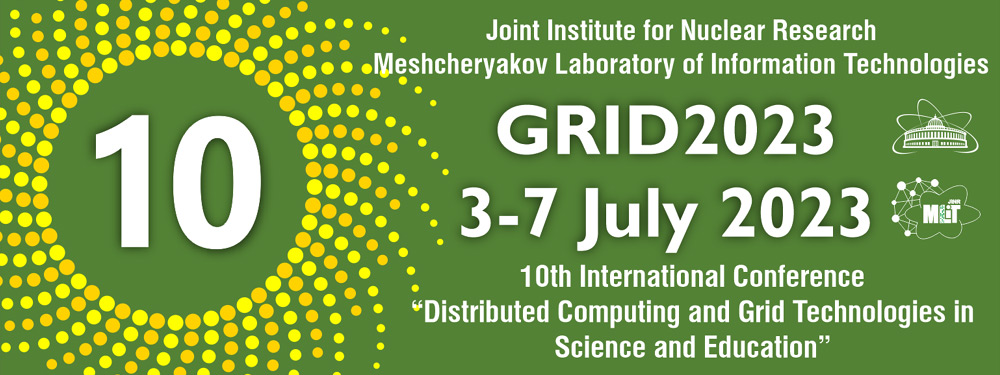Speaker
Description
The SPD (Spin Physics Detector) is a planned spin physics experiment in the second interaction point of the NICA collider that is under construction at JINR. The main goal of the experiment is the test of basics of QCD via the study of the polarized structure of the nucleon and spin-related phenomena in the collision of longitudinally and transversely polarized protons and deuterons at the center-of-mass energy up to 27 GeV and luminosity up to 10^32 1/(cm^2 s). The expected raw data rate from the detector at design luminosity is expected to reach 20 GB/s, or 200 PB/year. The key challenge of the SPD computing is the fact, that no simple selection of physics events is possible at the hardware level, because the trigger decision would depend on measurement of momentum and vertex position, which requires tracking. Moreover, the free-running DAQ provides a continuous data stream, which requires a sophisticated unscrambling prior to building individual events. That is the reason why any reliable hardware-based trigger system turns out to be over-complicated, and the computing system will have to cope with the full amount of data supplied by the DAQ system. Therefore, a fast online data reconstruction and filtering system designed to reduce data by a factor of 20-50 is the cornerstone of the data processing pipeline. The report presents the design of the planned online filter and the results of key component modeling.

